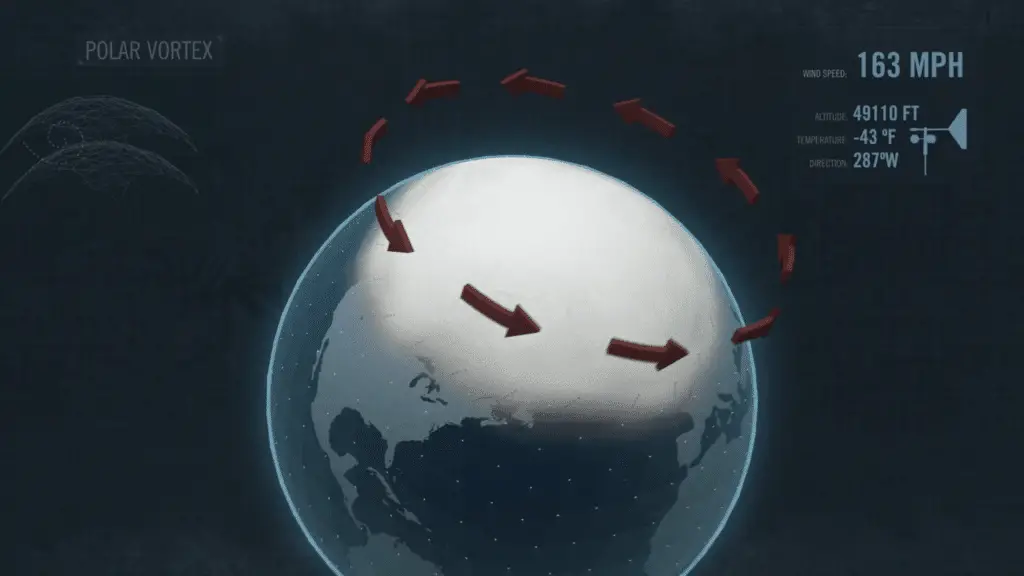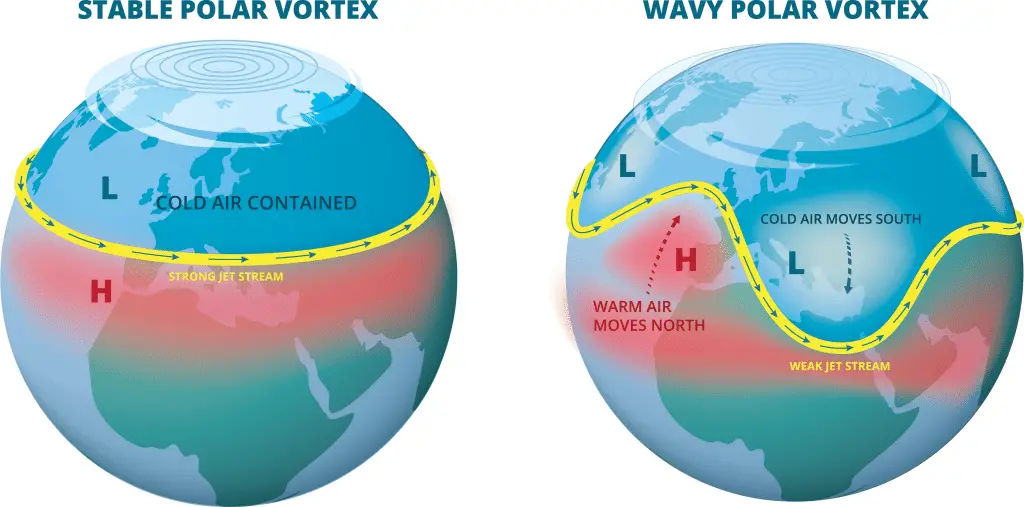The polar vortex It is an atmospheric phenomenon that has captured the attention of scientists and meteorologists around the world. It is in fact strong stratospheric air currents that circulate over the Arctic and Antarctic during the winter months, trapping cold air above the poles. These currents are surrounded and enclosed by the jet streamwhich act as barriers preventing this frigid air from spreading into the mid-latitudes.
Recently, a significant change in behavior of this vortex, with potential consequences for the global climate. An Arctic polar vortex reversal event has caught the attention of the scientific community, as winds that normally blow counterclockwise have begun to blow clockwise, a change that could have major effects on weather systems in the coming months.
The polar vortex: a complex phenomenon
As mentioned, this is a complex atmospheric phenomenon who plays a crucial role in determining climate conditions around the worldit is made up of two main vortices: one located above the North Pole and the other above the South Pole.
These vortices are areas of low pressure that form in the stratosphere, the second major layer of the Earth’s atmosphere, and are surrounded by strong jet streams that act as barriers, preventing cold air from spreading toward lower latitudes.
In recent years, climate change they had a significant impact on his behavior with scientists who observed a increased frequency and intensity of sudden stratospheric warming events (SSW), which can destabilize the polar vortex and cause waves of extreme cold in temperate regions.
These events occur when the temperature in the stratosphere increases rapidly, causing a reduction in the speed of winds circulating around the vortex.

The consequences can be significant and far-reachingwhen it destabilizes, cold air can push southward, bringing extreme weather to many parts of the world. For example, the winter of 2019 saw a sudden stratospheric warming event that caused cold snaps across the United States, with temperatures dropping well below the seasonal average.
With climate change set to intensify, it is likely that we will see an increase in frequency and intensity of sudden stratospheric warming events, and this could lead to harsher and more unpredictable winters in temperate regions. Nonetheless, destabilization of the polar vortex could also affect long-term weather patterns, making more difficult to predict future climate conditions.
Its role in the global climate
The polar vortex is not just an isolated atmospheric phenomenon, but plays a crucial role in determining global climate, its influence extends far beyond the polar regions, influencing weather patterns around the world.
When the polar vortex is stable, it keeps cold air confined to the polar regions, helping to maintain a climate balancehowever when it destabilizes, it can cause significant climate changes, leading to extreme weather in many parts of the world.

In Europethe destabilization of the polar vortex can lead to harsher and more unpredictable winterswith heavy snowfall and extremely low temperatures, and obviously all of this would have significant impacts on agriculture, energy and public health, as infrastructure has to deal with extreme weather conditions.
In the United States and in Canadathe destabilization of the polar vortex can lead to extreme cold waveswith temperatures dropping well below the seasonal average.
The destabilization of the polar vortex represents a significant challenge for meteorologistsas it makes it more difficult to predict future climate conditions, and traditional weather models often fail to fully capture the magnitude and impact of polar vortex changes, making climate forecasts less accurate.
This poses a challenge for resource management and infrastructure planning, as communities must be prepared to deal with extreme and unpredictable weather conditions.
If you are attracted by science or technology, keep following us, so you don’t miss the latest news and updates from around the world!
#Polar #Vortex #Ways #Impacts #Global #Climate